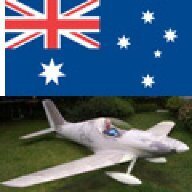Wow, that was a seriously involved bit of research !
Liked the strake flow paper.
I can only really comment on the early A22L, that I fly, and can say that it is capable of cruising at a range of speeds, depending on conditions.
If I can get up to 5~8 thousand feet in no turbulence, then I can actually cruise at around 90~95kts, it would possibly almost touch 100kts flat out, but the fuel burn would be pretty high.
Because of the low wing loading, any turbulence is quite noticeable, and I quickly go back to around 80~85kts when cruising around my local area.
Primarily I use the aircraft for training (lots of circuits) and as such rarely go over 70kts.
This aircraft has an Australian legal MTOW of 450kg, although Aeroprakt has cleared it to 525kg, just one of the rules problems we are slowly grinding through here in Australia.
The A22LS is beefed up a bit, and capable of MTOW of 600kg.
Having the same aerodynamics as the earlier A22L, it probably only goes faster because of the higher wing loading if flown at gross, and marginally more comfortable (read, not really).
Looking at the photos on
with the cleanups you've noticed, I would say the A32 is going to be around a 95~100kt cruiser.
Not to say it wont do 110kts, just that you wont go very far, unless the tanks are bigger.
Still, if the price stays as advertised, I wouldn't knock one back, provided I knew I could get it with a Y stick.




